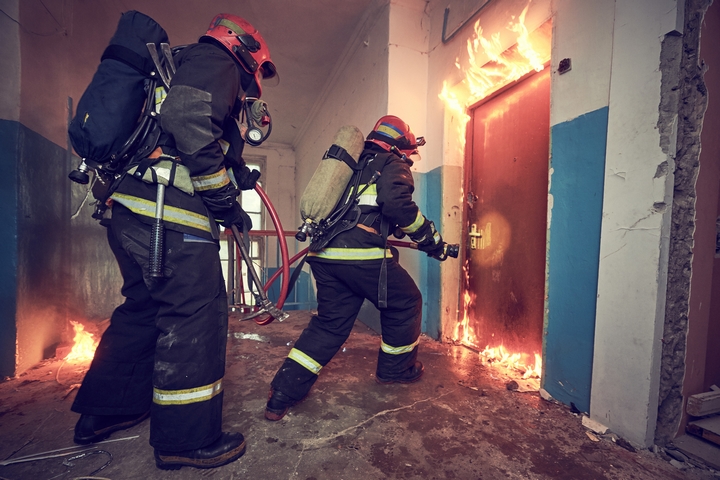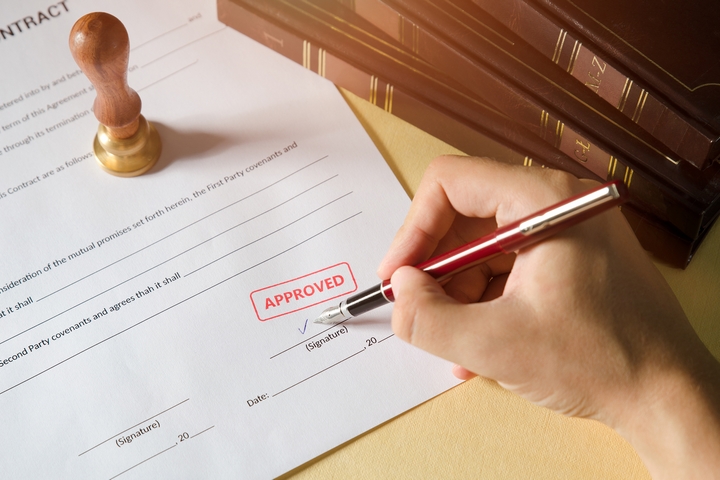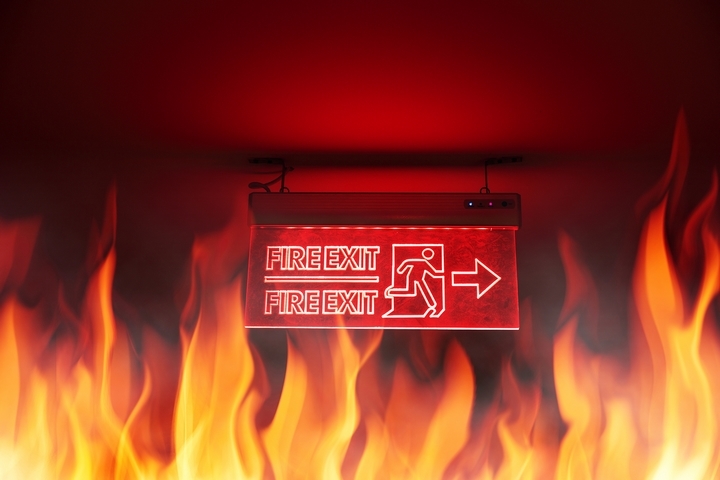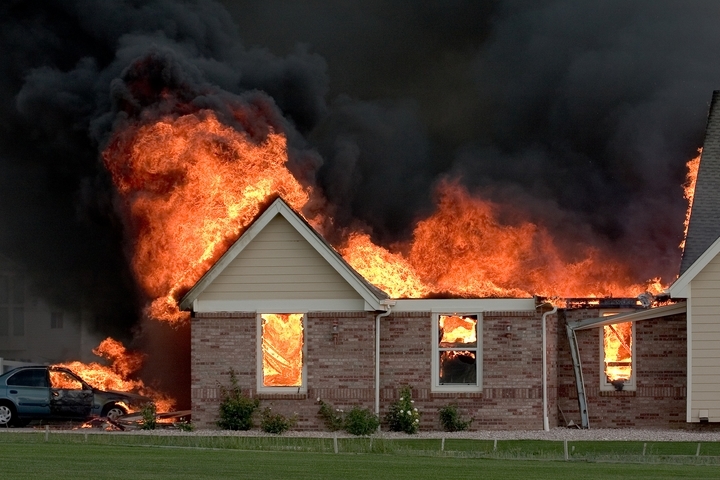7 Guidelines for Home Insurance in High Fire Risk Areas

As the climate continues to change, the threat of wildfires becomes an increasingly present worry in some parts of the world. Homeowners and insurance companies are taking note. Most home insurance is designed to explicitly cover any fire damage that was not caused intentionally. However, some of the policies are becoming a bit more complicated in light of recent events.
If you live in high fire risk areas, getting the right home insurance coverage is crucial. Below are seven guidelines and policies for home insurance in high fire risk areas:
1. Filing a home insurance claim

If you have been affected by a wildfire, you should wait until it is safe to do so and then take the following steps:
- assess and document the damage
- call your insurance company
- assemble proof
- keep receipts.
During the documentation stage, it is important to take photos and give as detailed of an account of the damage as possible. List all items that have been damaged or destroyed and try to assemble proof of purchase, receipts and warranties. Keep all of the receipts related to cleanup and living expenses (if you’re forced to leave your home).
2. Processing the insurance claim

At this point, you may need to be a bit patient. If many people require home insurance in a high fire risk area, it could take some time to process all the claims. Eventually, you will be contacted by a claims adjuster who will investigate the circumstances of your loss, examine the documents you provide and explain the process. It is a good idea to take notes during this process and to ask any questions that you have.
Ultimately, things will be details in a Proof of Loss document. You must sign and swear that the statements you make in the Proof of Loss form are true, so be sure to ask your insurance representative about anything that is unclear.
3. Approving the insurance claim

When an insurance company is looking at whether or not your home is eligible for coverage, they will consider several key factors. They will look at things like how far away you are from a fire department or a hydrant, in addition to how your property was built.
Other factors may include the integrity of the structure, and the overall location. These variables will all go into determining the general risk and will inform the terms of your home insurance in high fire risk areas.
4. Home insurance for emergency fires

Getting a notification about an emergency fire is never pleasant. In some cases, it is necessary to vacate your home in order to protect yourself from an encroaching fire. There won’t be a choice – the residents will have to depart from their home due to a mandatory evacuation order issued by civil authorities. Most homeowner’s and tenant’s insurance policies will provide coverage for some living expenses over a specified period of time.
This is not always the case though. As fires become more common, it is definitely a good idea to clarify what the exact details of your policy stipulate with your insurance representative.
5. New insurance policies for emergency fires

You should be warned that starting a new insurance policy while your home is on the brink of a wildfire will not be easy, but it is also not impossible. As anyone working for the Insurance Bureau will tell you, this is not an ideal situation, but you do still have options.
You can essentially think of it as seeking additional medical insurance when you have a pre-existing condition and can expect to pay higher than average rates. In some cases, if your home is under immediate threat, it might not be possible to get a new policy approved, so it is important that you prepare before disaster strikes.
6. Zoning of insurance policies

Properties situated in different geographical zones are categorized accordingly. These zones are fluid and can be adjusted according to a variety of different factors. Each Insurance company has their own defined restrictions about where insurance can be arranged.
Generally, if your property is in imminent threat, we will likely be prevented from arranging any new coverage. Many insurance companies prohibit brokers from issuing any new policies if a home is within about 50 kilometres of an active wildfire. Always make sure you check carefully about the guidelines for home insurance in high fire risk areas.
7. Restrictions for insurance policies

If your area is currently experiencing a fire, you will likely have to wait until it is over to secure a new policy. Typically, restrictions will be lifted once the fire has been completely contained, although that is not to say that rates will not have increased. If there are many claims submitted collectively for a specific area, that might impact the risk factor considerably.
